Table of Contents
ToggleIntroduction: How Energy-Saving Technology Affects Jib Crane Price
As industrial facilities focus on reducing energy consumption and operational costs, the demand for energy-efficient machinery—including jib cranes—is on the rise. While adding energy-saving technologies can elevate the upfront jib crane price, these features can drastically improve performance, efficiency, and return on investment (ROI) over time. This article explores the most common energy-saving add-ons for jib cranes, how they influence pricing, and what buyers should consider when investing in sustainable lifting solutions.
The Shift Toward Energy Efficiency in Crane Technology
Modern jib cranes are no longer just mechanical devices; they are integrated lifting systems designed for performance and efficiency. Energy-saving technology add-ons help businesses:
- Lower electricity usage
- Enhance crane performance and precision
- Extend component lifespan
- Meet green building and ISO 50001 standards
Energy-efficient crane solutions are especially relevant for high-usage environments, such as manufacturing, warehousing, logistics, and construction.
Common Energy-Saving Add-ons and Their Price Impact
1. Variable Frequency Drives (VFDs)
Function: VFDs regulate motor speed and torque during lifting and lowering operations, reducing energy spikes and wear.
- Added Cost: $500 – $2,500 depending on motor size and control configuration
- Benefits:
- Smoother starts and stops
- Reduced energy consumption (10–30%)
- Less mechanical stress on hoists
2. Regenerative Braking Systems
Function: Capture energy during load descent and return it to the power system or reuse it for other operations.
- Added Cost: $1,000 – $3,000
- Benefits:
- Energy savings in high-cycle applications
- Reduces brake wear and motor heat
3. Energy-Efficient Electric Hoists
Function: High-efficiency motors require less power while delivering the same lifting force.
- Added Cost: $800 – $3,000 depending on capacity and brand
- Benefits:
- Quieter operation
- Extended motor life
- Better performance in continuous-duty environments
4. Load-Sensing Technology
Function: Dynamically adjusts power output based on the actual load being lifted.
- Added Cost: $1,000 – $2,500
- Benefits:
- Prevents overconsumption
- Enhances safety
- Reduces total system wear
5. Smart Control Panels and IoT Monitoring
Function: Tracks real-time energy usage and predicts maintenance needs.
- Added Cost: $1,000 – $3,000
- Benefits:
- Enables predictive maintenance
- Reduces unplanned downtime
- Tracks energy trends for optimization
Combined Add-on Pricing Example
| Energy-Saving Add-On | Approx. Added Cost |
|---|---|
| VFD | $1,500 |
| Regenerative braking | $2,000 |
| High-efficiency hoist motor | $2,500 |
| Load sensor system | $1,800 |
| Smart IoT panel | $2,000 |
| Total Upgrade Cost | $9,800 |
These figures represent average estimates and may vary by crane size, load capacity, and manufacturer.
Impact on Total Jib Crane Price
Energy-saving upgrades can increase a standard 2-ton jib crane’s base price of ~$9,000 to as much as $18,000 with full energy-efficiency integration. However, these features offer operational savings that reduce total cost of ownership.
For accurate capacity-based pricing, refer to Jib Crane Price Based on Load Capacity Ranges.
Benefits Beyond Cost Reduction
1. Environmental Compliance
Energy-efficient cranes support ISO 14001 and ISO 50001 compliance and help companies meet sustainability reporting requirements.
2. Improved Safety and Control
Soft start/stop features and load monitoring reduce risks during operation, minimizing the likelihood of human error and material damage.
3. Longer Equipment Lifespan
Energy-optimized components face less mechanical stress, reducing the frequency of repairs and extending crane life.
Manufacturer Influence on Pricing
Different brands offer different pricing models for energy-efficient features. For example:
- Aardwolf: Offers modular upgrade options for VFDs, eco-coatings, and hoist integration.
- Gorbel and Demag: Include smart controls and energy-saving kits in premium models.
For more detailed comparisons, view Jib Crane Price Comparison Across Major Brands.
Outdoor Use Considerations
Energy-saving tech should be paired with environmental protection features in outdoor settings. For guidance, visit Jib Crane Price for Energy-Efficient Operation Models.
ROI of Energy-Saving Add-ons
An energy-efficient jib crane may recover its added cost within 3–7 years depending on:
- Duty cycle and daily usage
- Local electricity rates
- Maintenance savings
- Downtime reduction
ROI Scenario
- Crane with VFD and regenerative braking
- Annual energy savings: $1,200
- Maintenance savings: $400/year
- Added cost for energy-saving tech: $7,000
- ROI period: ~4.7 years
Final Thoughts: Invest Today for Smarter Tomorrow
Energy-saving add-ons elevate the initial jib crane price, but they yield long-term gains in efficiency, sustainability, safety, and cost control. Industrial operations aiming for green credentials or utility savings should consider these technologies not as extras—but as essentials.
Explore durable and energy-optimized jib crane models tailored for modern industrial demands.

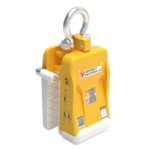
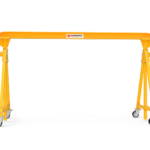
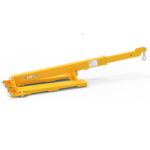
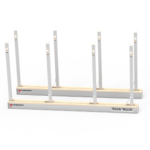
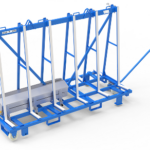
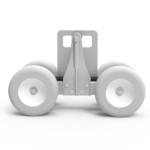
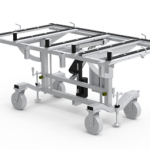
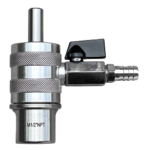
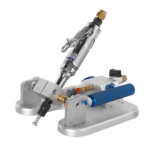


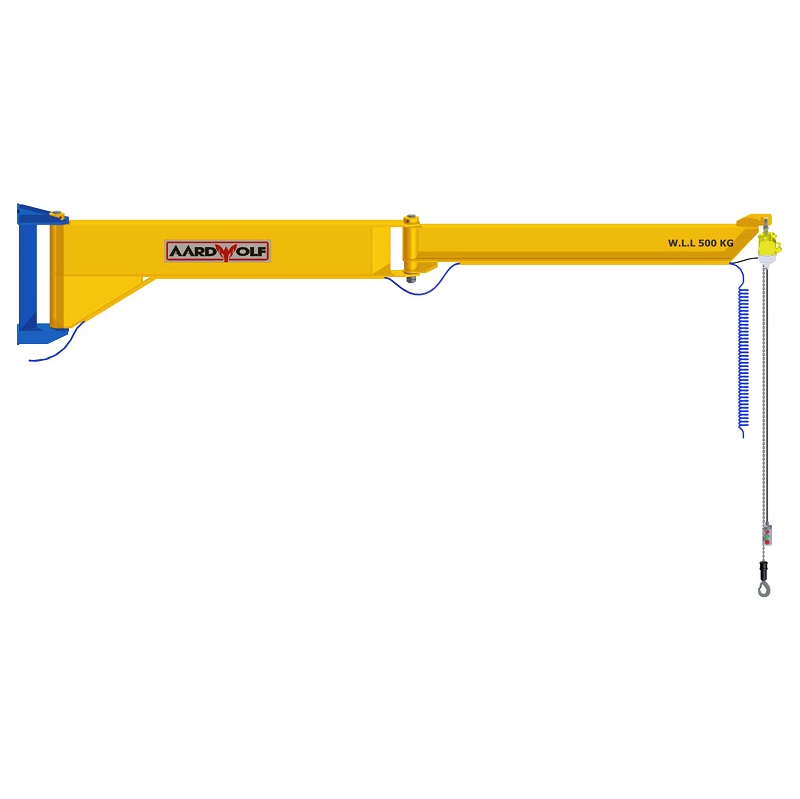
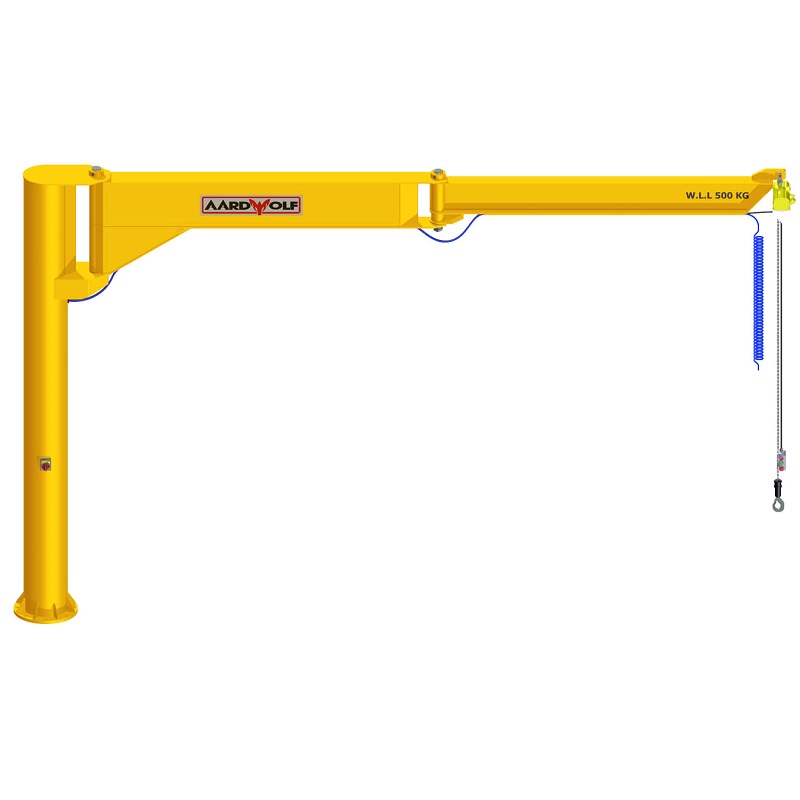
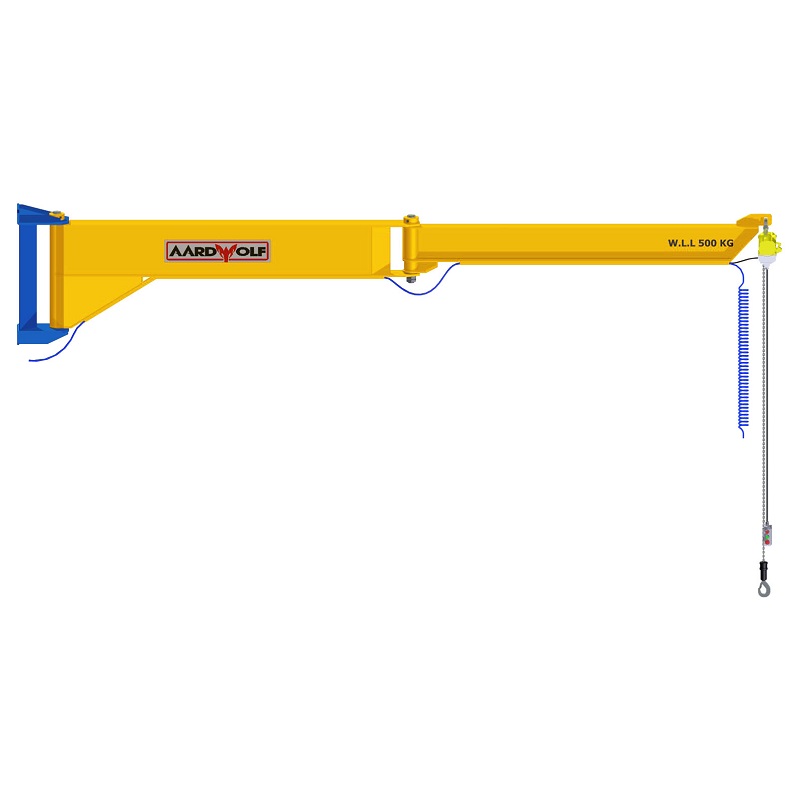
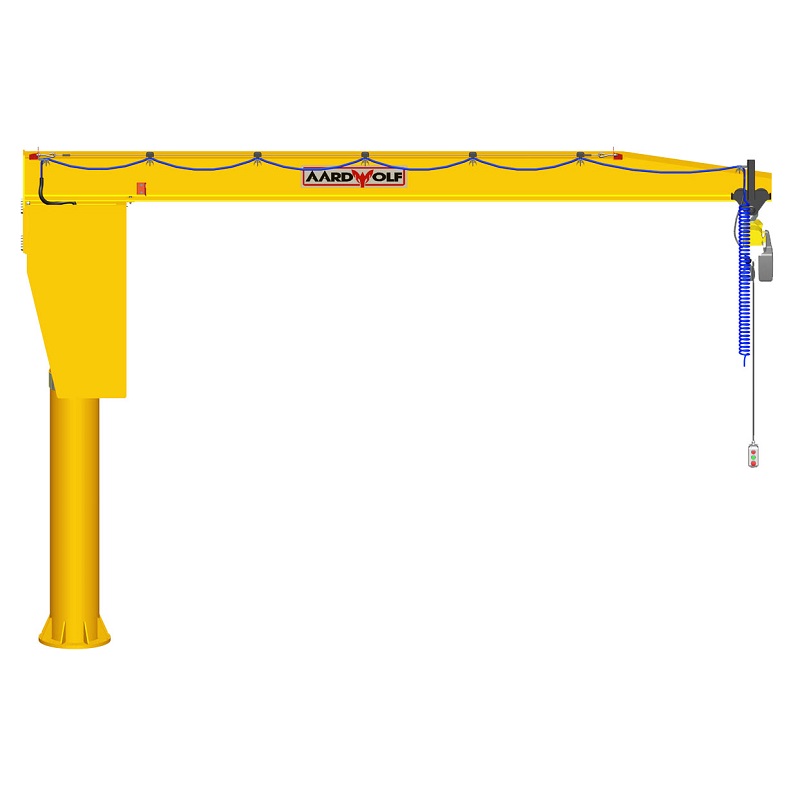
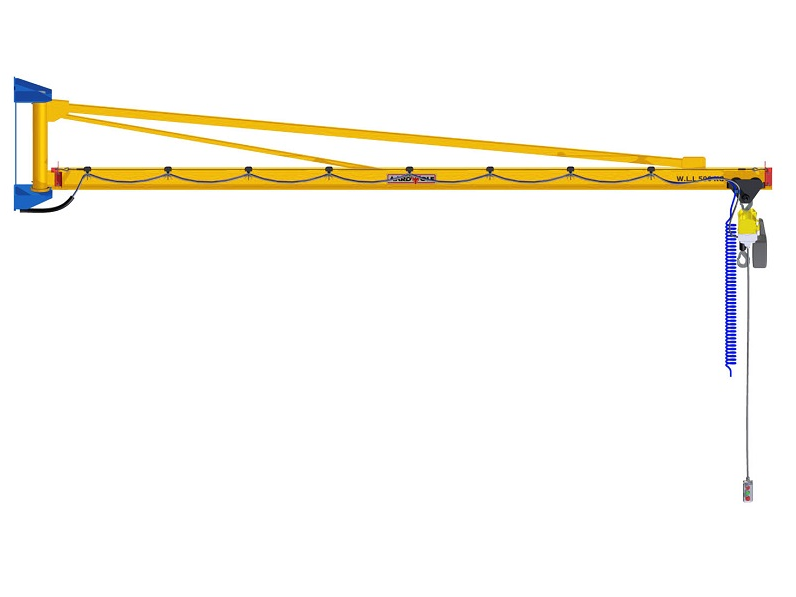

Please log in to leave a comment.